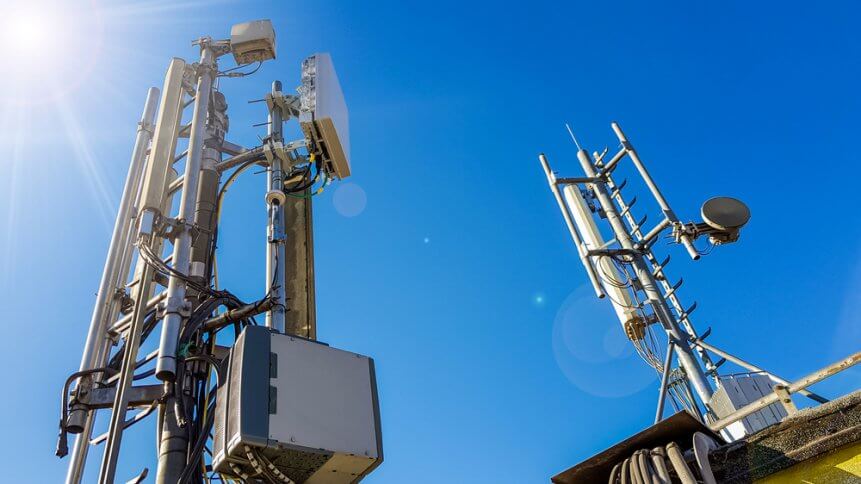Is edge computing key to 5G infrastructure?

Immersive virtual reality (VR), self-driving cars and remote-controlled robots are just some of the things telecommunications service providers expect future 5G mobile networks to make possible.
Nonetheless, most large service providers agree that higher bandwidth 5G networks, on their own, will be insufficient to support these emerging applications.
That’s why, according to a report by GlobalData, service providers such as Verizon, AT&T and Deutsche Telekom are looking at edge computing as an essential component for unlocking the benefits of 5G.
Chris Drake, Principal Analyst at GlobalData said that edge computing involves the deployment of computer power, data storage and management closer to the end users of digital content and applications.
He says this allows the associated data to be processed, analyzed and acted on locally, instead of being transmitted over long distance networks to be processed at central data centers.
“The benefits of handling data and running applications locally include cost-savings, based on a massive reduction in the amount of bandwidth that’s required to transport data across long distance networks for processing,” said Drake.
Benefits also include the higher performance that’s achieved by running applications closer to end users.
“At the end of January 2019, Verizon announced that it had successfully tested edge computing technology on a live 5G network at its testbed in Houston, Texas,” Drake added.
According to Verizon, the use of edge computing within its Houston 5G network resulted in a 50 percent fall in latency, or lag-time, associated with sending that data for processing by computer servers.
Nevertheless, Drake believes that there are plenty of challenges lying ahead for 5G and edge computing, including the need to develop viable business models around the new technologies.
“A host of security concerns created by emerging 5G and edge computing use cases, whose distributed architectures will include many more locations at which security breaches can occur,” he said.
Drake warns that these and other concerns mean that, for many, new 5G applications may be slow to materialize.
YOU MIGHT LIKE

UK’s first 5G autonomous vehicle test bed launches
While full-blown 5G deployment remains some way off, a recent report by Equinix revealed concerns that the rise in IoT smart devices will place an “immense burden” on the internet.
Almost two-thirds (60 percent) of IT decision-makers in Ireland (where the survey took place) believed that data centers would have to be installed in every town to cope with the surge in demand.
However, the same respondents didn’t think these measures— including laying undersea cables connecting Ireland to the US and Europe— would be in place to cope with demand sufficiently within the next three years.
“[…] businesses are preparing for a data storm in the coming years and they require the infrastructure and tools to cope with this and benefit from it,” said Maurice Mortell, managing director for Ireland and emerging markets at Equinix.
“Data is a high-value commodity today and, when used correctly, it can transform businesses,” he added.
In anticipation of this “data storm”, Equinix says some businesses are avoiding the public internet, instead choosing direct physical and virtual interconnections that allow for fast and secure connectivity.









